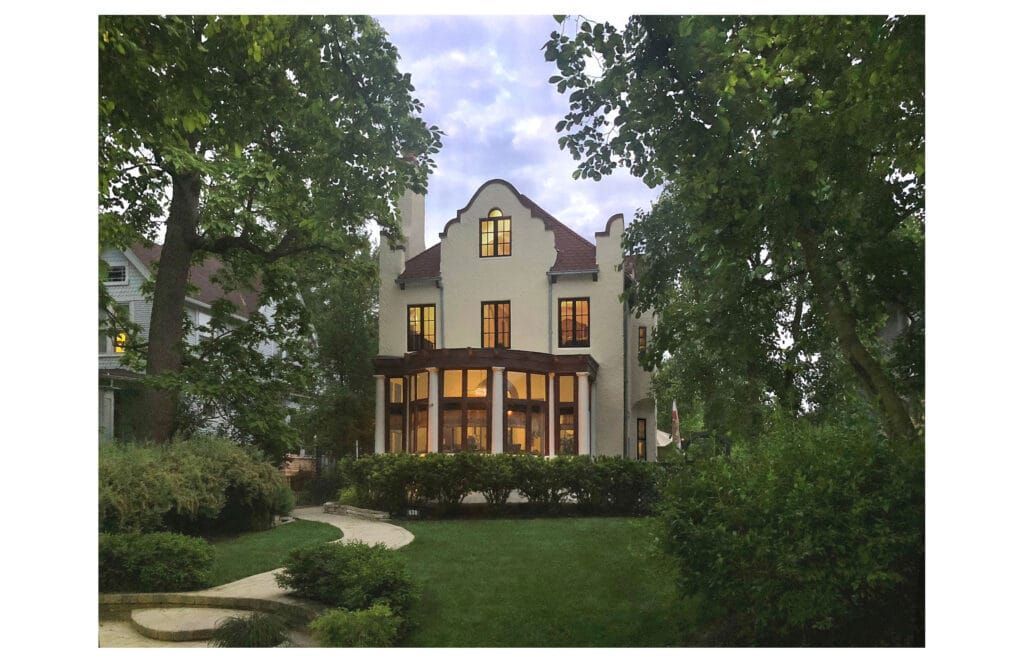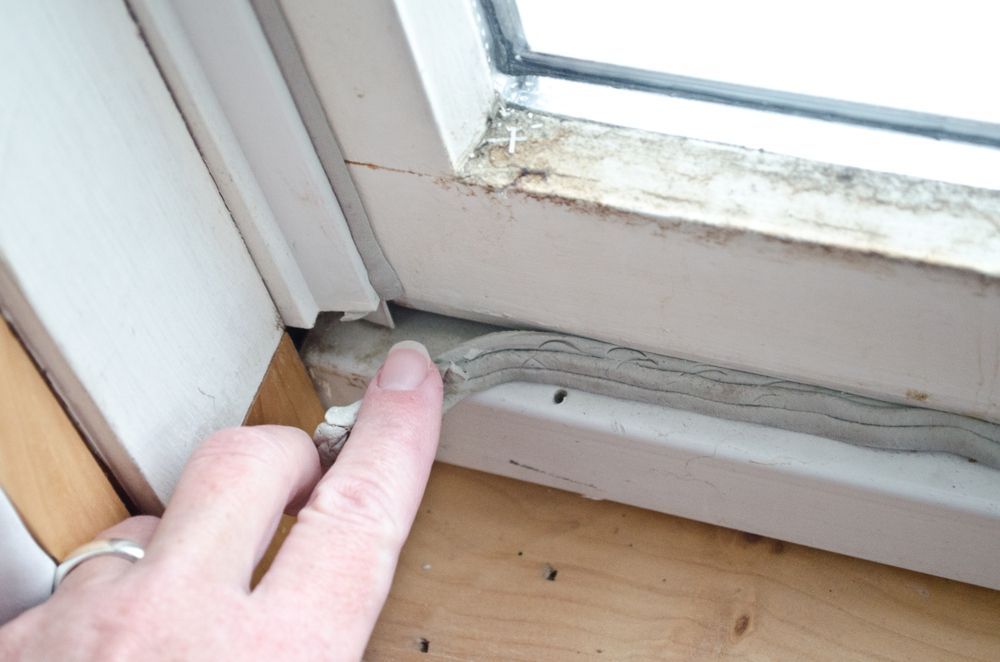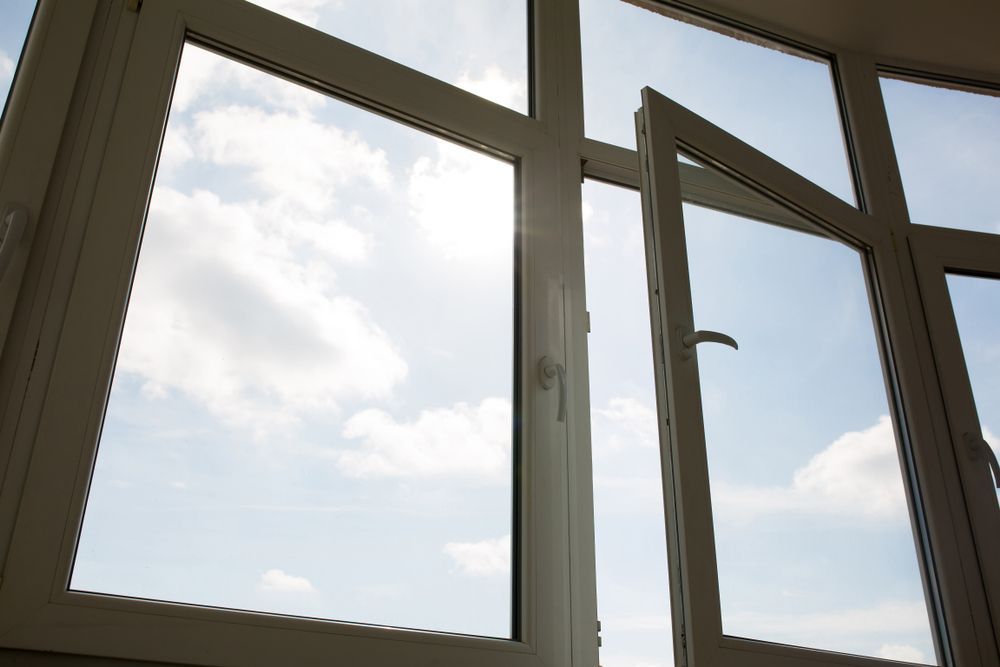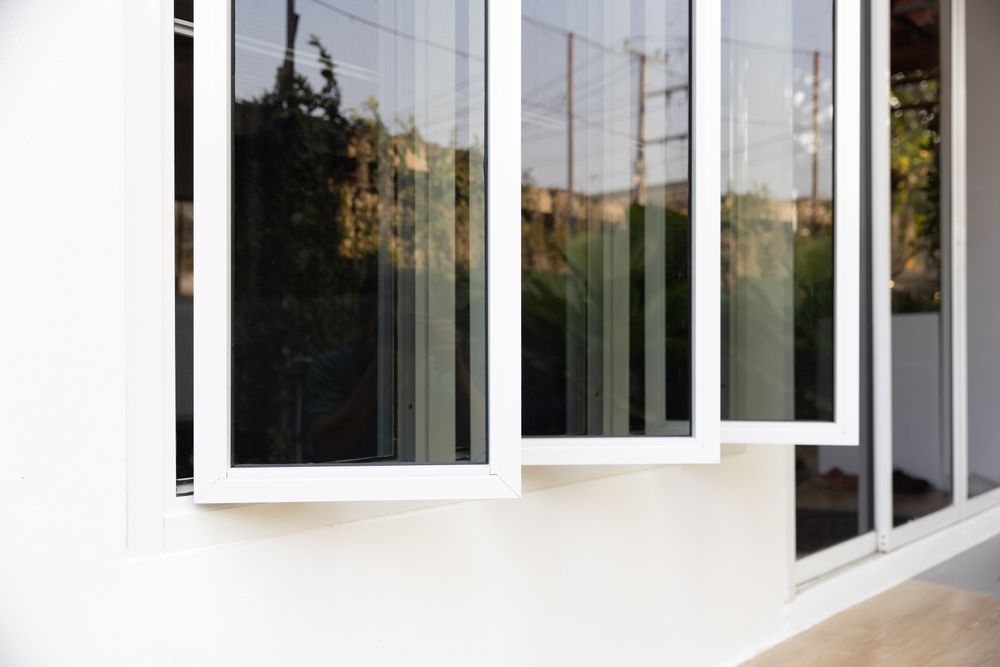Historic Home Window Replacement – Don’t Spoil the Neighborhood
June 30, 2018
Share this Article:

Replacing a home’s old windows, especially in historical neighborhoods, with bad replacements has a lasting effect on the curb appeal of your home and the neighborhood. Windows define a house as the most prominent feature that can add or detract from your home’s style. It was no surprise then when the new owner of a classic 1899 mission style home in a Chicago suburb, a professional architect, readily spotted the offending replacements as upsetting the rhythm of the house and set about to restore the home’s original façade.

The new owner had all the vinyl clad double hung replacements removed and replaced with Marvin Ultimate French Casements to bring back the authenticity and charm of the original Mission Style home. These French Casements have no center vertical post. Like a French door, opening each independent window provides an unobstructed view. The effect of these Marvin replacement windows pouring natural light into the old house has transformed the rooms throughout the home. Additionally, restoring a half circle window at the peak of the 3 rd floor that had been covered up years earlier, further distinguishes the home’s exquisite detailing. Lastly, specifying low-e options for the expansive bank of windows across the front of the home makes this old house much more energy efficient while protecting the interior from sun exposure.
The success of a project like this beautiful historical home requires an educated eye for distinguishing good and bad window designs. Every homeowner or remodeling contractor can acquire this knowledge. A helpful place to begin is to talk with a window dealer who understands window specifications for historic buildings. Bad window design begins with anything that doesn’t replicate the existing, preferably original windows. What might appear to be a subtle or insignificant variation, such as narrower mutins, sashes or sills becomes magnified differences when spread across an entire home. Be mindful that even if you’re replacing all of the windows, the new windows need to replicate the look and feel of the old. Remember, the original architect who designed your house specified the windows to an exact design in order that they would enhance and harmonize with the other elements of your home’s style and the neighborhood. Not all window manufacturers have the ability to match historical window profiles, be sure to specify that your project is a historic home.
Beautiful historical homes and neighborhoods are beautiful because of the care and concern the homeowners have for the attention to detail that it takes to maintain and enhance the home over time. If you value these homes learn what makes architecturally pleasing windows in these homes. Every detail counts, the width of the frames, mutins, sash and sills, materials, color and style, they all matter. Curb appeal comes from harmony, exquisite detail and unique style like this renovated Mission style home. To learn more about replacing windows check out Marvin’s guide to Simplifying Window and Door Replacement.
Connect with Us:




